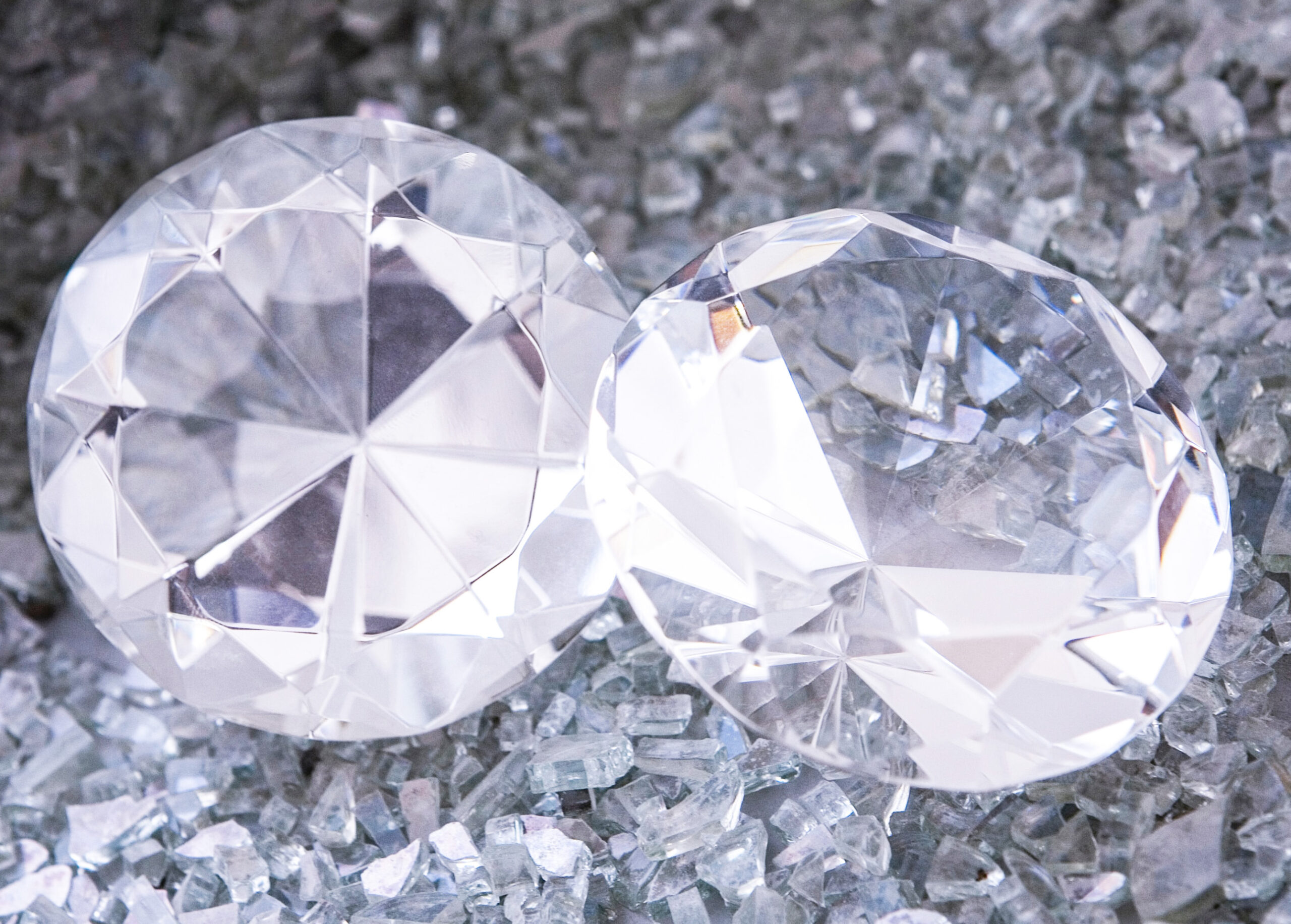Zircon vs Zirconia
This post includes affiliate links from which we may earn a small commission at no cost to you.
The oldest known specimens date back over 4 billion years making it the oldest known mineral on the planet. Yet, zircon is one of the most misunderstood and unfamiliar stones used in jewelry today. Here are the facts on this ancient gem.
What is Zircon?
The first important thing to know about zircon is what it’s not. It is not a fake gem. Because of its linguistic similarity to cubic zirconia, this stone is often confused for the man-made diamond imposter. Zircon is a genuine naturally created silicate found in metamorphic, igneous rocks, and sedimentary rocks.
A Diamond Substitute, Not a Simulant
While it comes in numerous colors, clear zircon is often used as a substitute for diamonds as it is double refractive. A quality zircon can have the brilliance and clarity of a diamond to the naked eye and is far less expensive. It is popular for halo style rings and as accents to other gems.

Where Does It Come From?
Zircon is not a rare gem. It’s one of the few stones found on every continent, though most of the jewelry grade stones are currently mined in Asia and Australia. Due to its abundance, it’s far more affordable.
What Makes Zircon Special?
Zircon isn’t just another pretty gem. Because it is the oldest known mineral to be found in the Earth’s crust, zircon is of great interest to scientists. Clues to our planets formation are found in the stone’s study, including the presence of oxygen isotopes which suggests a water presence on Earth much earlier than previously thought.
Bottom Photo Credit: Rob Lavinsky, iRocks.com – CC-BY-SA-3.0, CC BY-SA 3.0 https://creativecommons.org/licenses/by-sa/3.0, via Wikimedia Commons

